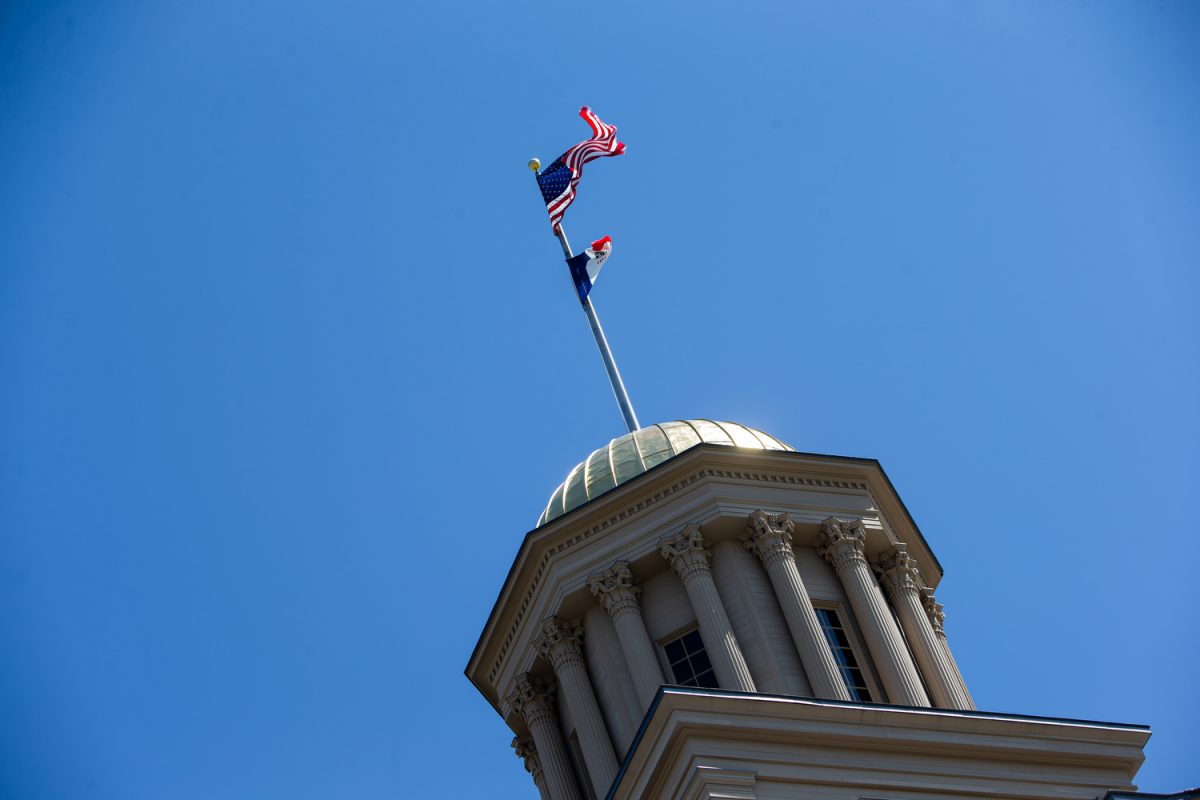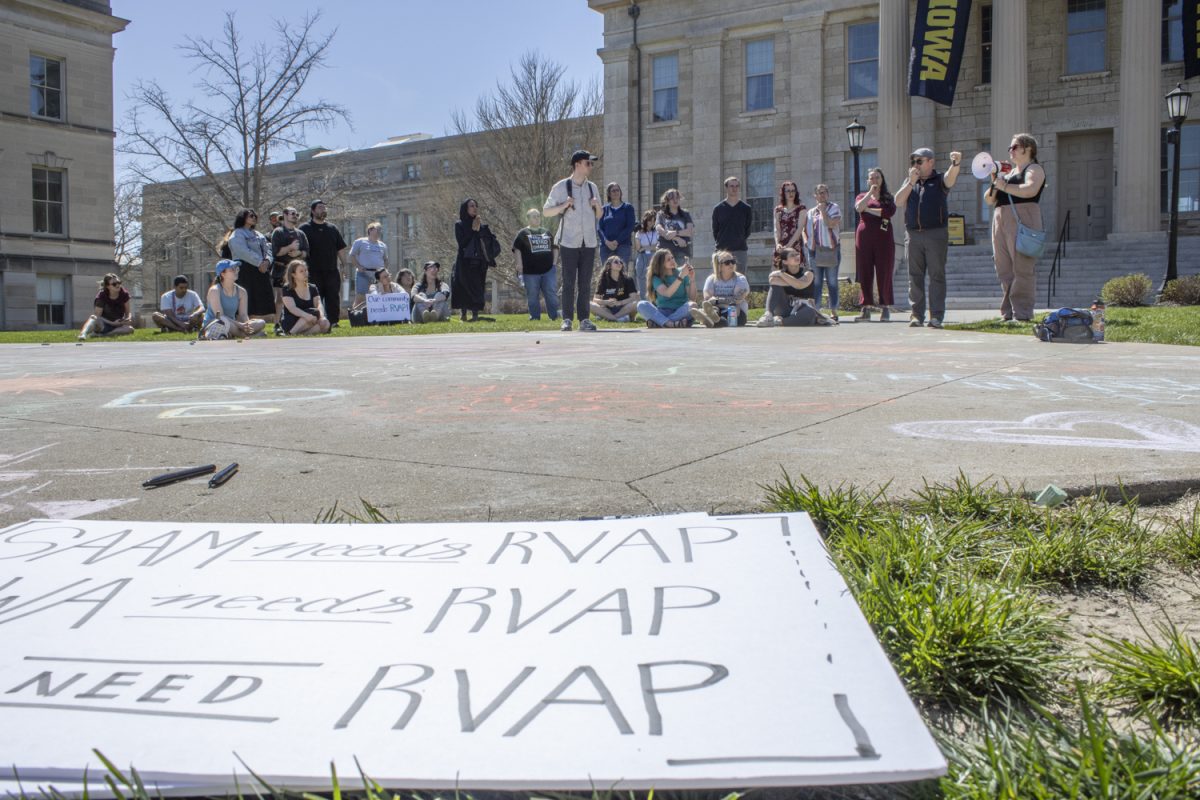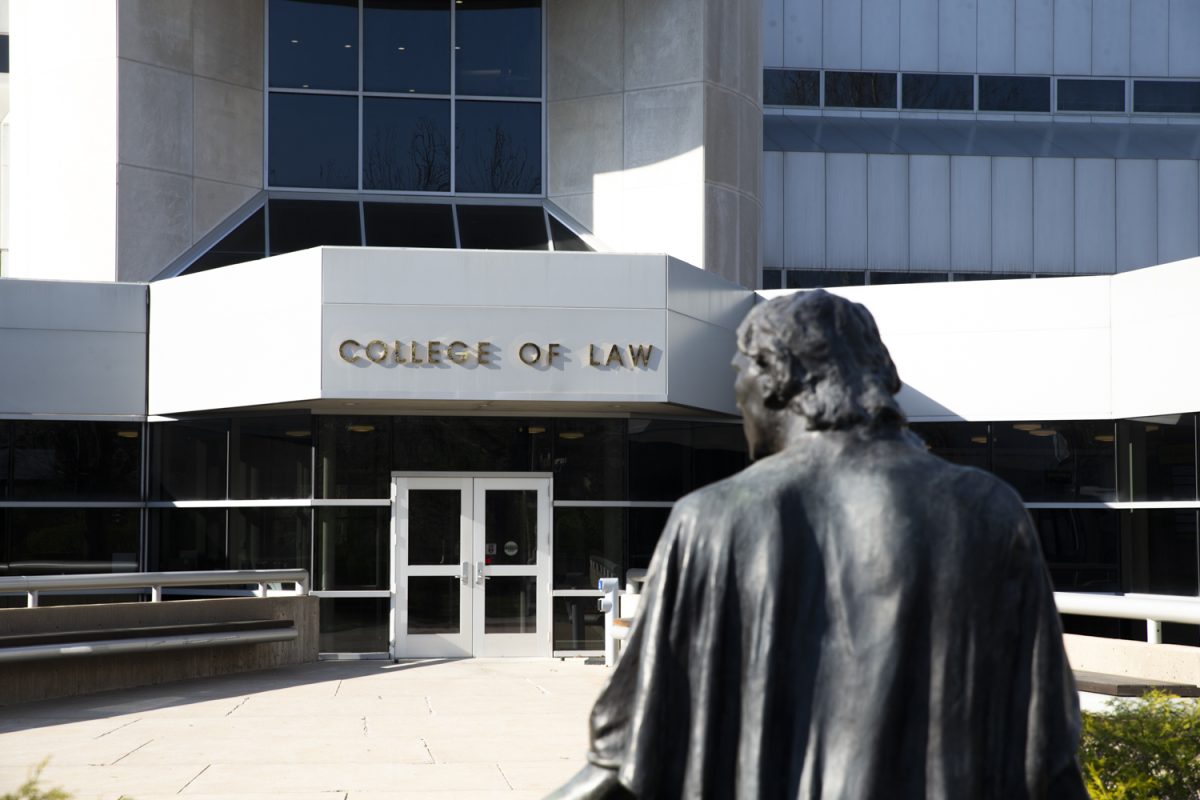CEDAR FALLS — The state Board of Regents set tuition rates for the state’s public universities during the 2018-19 academic year in a meeting at the University of Northern Iowa on June 7.
After a six-month delay, the regents first read the new rates during their April meeting in Council Bluffs. At the University of Iowa, there will be a 3.8 percent increase for resident undergraduates and 2.1 percent increase for nonresident undergraduate students, for a base total of $7,770 and $29,736, respectively. Rates for graduate students would also increase. The rates have not changed since the first reading.
The combined increases in tuition among the three regent universities — the UI, Iowa State University, and the University of Northern Iowa — are expected to generate $24.9 million in incremental revenue for fiscal 2019.
Student government leaders from each of the three regent universities, as well as some regents, have expressed concern about rising tuition and its potential effect on students.
During the regents’ Feb. 22 meeting in Ames, Regent President Mike Richards said the regents intend to release a range of baseline tuition increases for the next five years or so as a way to achieve predictability for students and their families.
In August, UI President Bruce Harreld announced a tuition plan that included 7.08 percent increase in resident and 2.08 percent nonresident undergraduate tuition each year over the next five years.
In a May interview with The Daily Iowan, Harreld noted this plan did not look at any other sources of revenue besides tuition.
“It didn’t look at new programs we might add into the system to create new revenue,” he said. “It didn’t look at philanthropy. It didn’t look at a whole host of other things.”
— Emily Wangen













